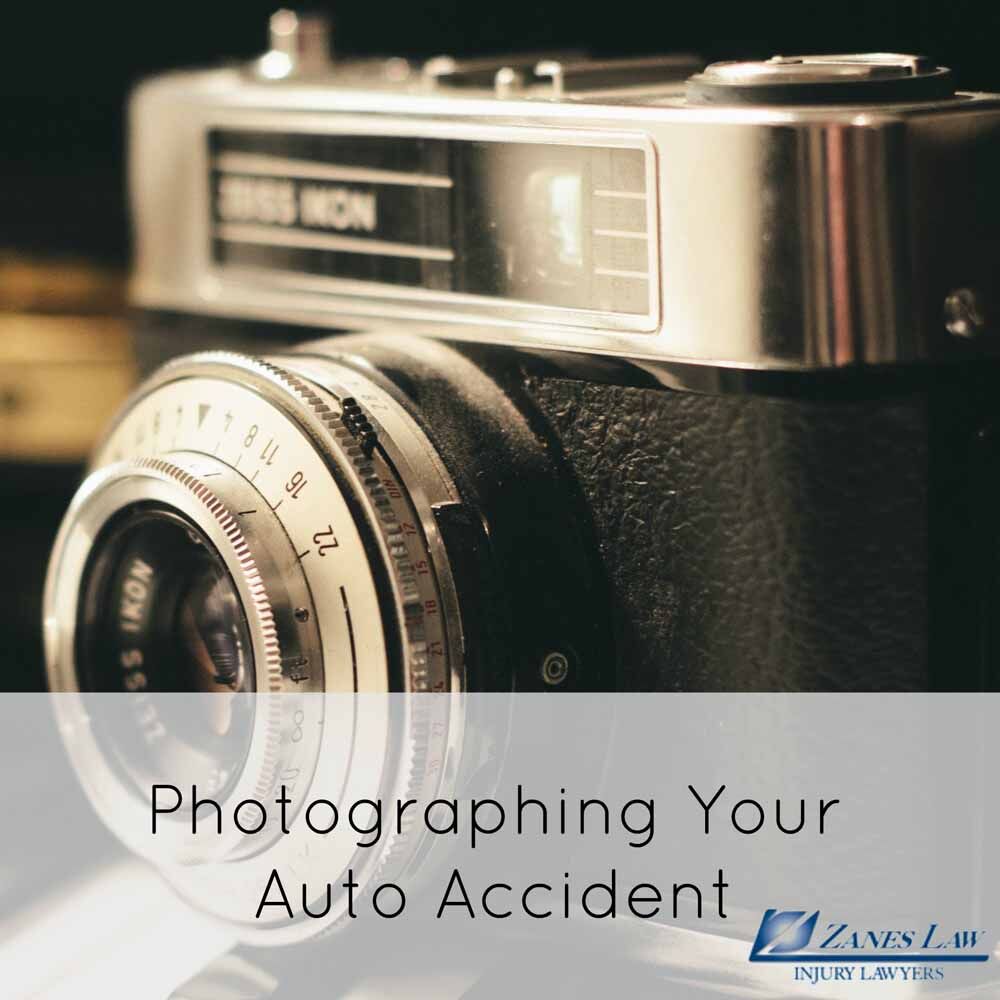The Importance of Photographing your Auto Accident
July 17, 2015

You know how people are nagging you to “get off your phone” “put that away and be present” “stop with the selfies already!” and on and on…
Well, if you’ve been involved in an accident, you better have that phone out!
Maybe this isn’t the best time to be taking a selfie but it’s definitely pivotal to be taking pictures of everything pertaining to your accident.
Let us explain:
Photographic evidence is a powerful form of evidence in any type of accident. Photos can convey pertinent information, while also providing jurors with physical, tangible evidence they can hold and view while listening to testimony or deliberating.
While pictures to do not replace written reports or other testimony, they provide useful evidence to help further explain the accident and who may have caused it. As such, if involved in an accident, it is important to document it with numerous photos.
So…What Type of Pictures to Take at an Accident Scene… I mean you told me no selfies…
Generally, there are common pictures that should be taken at an accident scene.
Regardless of whether you want to recover from a car accident or a Tucson slip and fall accident, you should make sure to take the following types of pictures:
- Overall accident scene, including pictures from a variety of angles and viewpoints; This includes your car, the others’ car(s) and anything pertaining to the accident scene.
- Injuries to you or any other persons, including cuts, bruises, scrapes;
- Any property damage involved in the accident; this may include a pole that was hit, a property, etc.
- We also include forms of identification and license plate; why not? You are snapping pictures, so take a picture of the other driver’s license, insurance card and plates. This ensures you have the information and you won’t lose it on that piece of paper you wro- where did I put that paper?
Remember these pictures should be taken as soon after the accident as possible.
Here are the specific pictures you should take:
Car Crash:
- Any property damage to vehicles, including lamp damage, tire, abrasion or transfer marks, parts failure, damage to the load, or other areas showing damage;
- The position of the vehicles after the accident, including any skid marks;
- The location where tire marks start and the direction of the marks;
- Position and condition of traffic control devices;
- Any view obstructions, including vehicles, environmental conditions, or signs;
- Point of view of drivers and of witnesses;
- Important marks on the roadway to show the position of the vehicles before and during the crash, including tire marks, gouges, ruts or furrows, debris, and lane markers.
Ultimately, the circumstances of each accident will determine what type of pictures should be taken.
As a general rule, however, it is best to take as many pictures as possible…Trust us, you won’t regret it!
It will help you tremendously, if and when you see an attorney about your accident – especially if evidence is needed to make a major turning point in your case.
Plus, accidents are rattling, disorienting and just plain messy …. the last thing your brain is going to store in your long term memory bank is what everything looked like…
It’s kind of a blur to the brain so take a clear picture on your camera!
